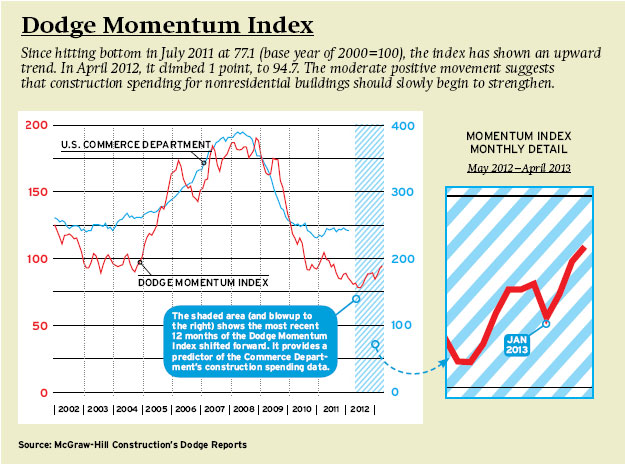A new digital photographic technique has exciting potential for building product presentations, websites, and social media.
Back in the days of film photography, I would take a dozen or more overlapping photos of a scenic panorama, then cut and paste individual snapshots together to show the entire vista. Software like Photoshop made the job easier as one could "stitch" images together digitally, even automatically. Recent advances take this a step further, making it simple to stitch together dozens of images. The composite files, which can contain gigabytes of information, capture an awesome amount of detail.
For example,
this image of the most recent presidential inauguration
is made up of 220 separate exposures. The composite image size is 59,783 X 24,658 pixels or 1,474 megapixels.
While an ordinary camera with a wide angle lens could capture the same view, it would not allow the viewer to zoom in to see details like the following:
When viewed online, one can see an amazing amount of visual information. In addition to the president, one can pan and zoom in to see thousands of individuals and details of Washington. For example, these architectural details are just below the dome of the Capitol:
If you have ever used Google Earth or the satellite or street views on Google Maps, you already know how powerful composite images can be. What is new is that an inexpensive device from
Gigapan Systems now makes it possible for almost anybody with a digital camera to create gigabyte images that are easy to display and manipulate online. While the "pro" model costs $900, for only $300,
"the GigaPan Epic robotic camera mount makes it fun and easy to capture gigapixel panoramas with most compact digital cameras and works seamlessly with GigaPan Stitch software and GigaPan.com. Compact and lightweight, yet powerful and durable - the GigaPan EPIC is ideal for travel and adventure."
MARKETING USE
Scale: One of the challenges of architecture and engineering is to be able to move between scales. The architect needs to see an entire space or even an entire building within the context of its environment, but also has to understand how a doorknob or window detail fits into the the project. The structural engineer must understand how forces get distributed throughout an entire structure, but must also pay attention to individual joint and anchorage details.
GigaPan allows you to present your products in context. Beneath the overall composite, you can show thumbnails of interesting close-ups. When a thumbnail is clicked, the software zooms from the macro image to the indicated item.
Discovery:
A typical photograph will capture a viewer's attention for a fraction of a second. But a GigaPan invites a viewer to explore, increasing his or her time on your website page where other product-related messages can also be displayed.
Games and Contests:
This may be the ultimate "
Where's Waldo" puzzle. A contest can encourage viewers to search an image to find your treasure or clues. Information about your product can be embedded throughout the image. Games like these can be especially attractive to a younger audience that grew up playing online games.
Technical and Quality Control Issues:
The stitching works not only with vast vistas, but also with micro photography. This opens many opportunities for use in technical presentations or for offering evidence of quality control. Click
here for micro images of insects.
Training and Presentations:
Complex products, machines, and systems can be made easier to understand when the viewer can move around and get in close to see parts of interest.
Social Media and Mobile Media:
These giga images can be inserted into websites or e-mail and used in other social media applications. They offer a way to display large images on a small mobile platform like an iPad or smart phone.
Search Engine Optimization:
Images can be posted at
the GigaPan website and linked into Google Earth. Undoubtedly, other platforms will embrace the format and they will become integrated into video and photo sharing sites. These sites allow the use of tags and keywords that can help search engines and potential customers find you.
New Advertising and Publishing Format:
I can imagine giga photos as a type of online banner ad that
allows one to zoom in or out to get more information. An entire catalog or magazine could be captured in a single giga image.
Final Thoughts:
I am sure I have just touched the surface what will emerge from this technology. Eventually you will be able to use systems like this to transmit real time images, and photos like this will be integrated into building information models (BIM) and virtual reality worlds.
I invite you to contact
Chusid Associates to discuss how giga photos can be most useful in your marketing mix.
-----------------
Here are links to a few architectural or construction images from the GigaPan website:
Burj Khalifa Tower
Burning Man Waffle Structure
Frank Gehry's Fred and Ginger Building
Quarry
Leonardo Dialogo (nanotechnology art) - Interior
Union Station, Washington DC - Interior
Building after gutting by fire - forensic record
Another publisher of panoramic giga photos is at
www.360cities.net.


























